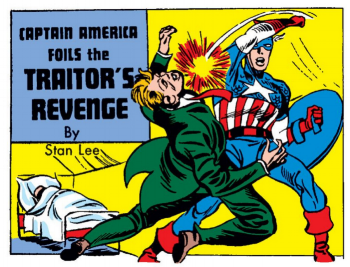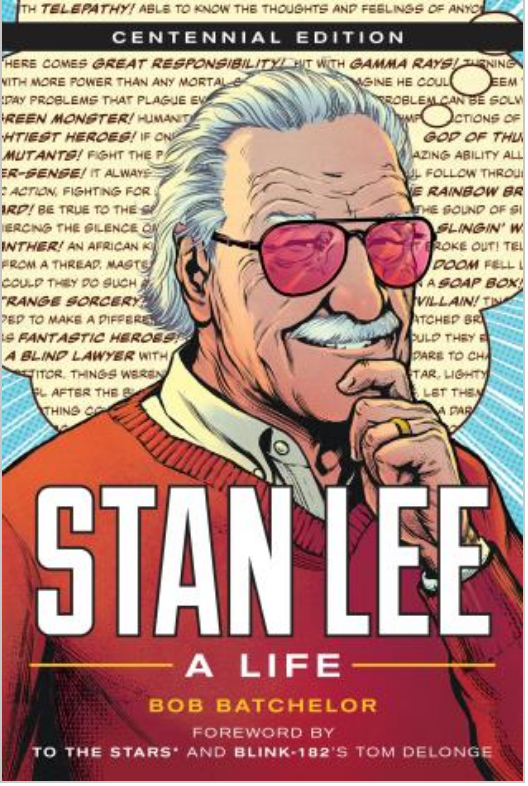Blues- and Jazz-Infused Music From America’s Greatest Rock Band; Excerpt from Roadhouse Blues
The Doors released L.A. Woman on April 19, 1971, and Jim Morrison would be dead about 10 weeks later. The last album during his lifetime solidified the band’s standing and the singer’s legacy as an iconic figure in rock ‘n roll history.
Roadhouse Blues author Bob Batchelor with L.A. Woman
EXCERPT FROM ROADHOUSE BLUES: MORRISON, THE DOORS, AND THE DEATH DAYS OF THE SIXTIES (HAMILCAR PUBLICATIONS)
While incarceration loomed, Jim and the band got back into the studio. Ray, Robby, and John understood the seriousness of the situation. Densmore claimed that saving Jim was the band’s first priority: “Fuck, man, if we don’t get an album or two more out of Jim, so what? Maybe we’ll save his life.” They thought the creative process would reverse the spiral. The strategy had worked with Morrison Hotel.
Ironically, the album that would later be named after their adopted home—L.A. Woman—would be made without longtime producer Paul Rothchild. He hated the songs the band planned to use for the new record, telling them, “It sucks…it’s the first time I’ve ever been bored in a recording studio in my life.” At a dinner, according to Hopkins and Sugerman, Rothchild told them that they should produce themselves with Botnick’s assistance.
Although Rothchild may have disliked the tracks and sound, some felt that he still mourned Janis and was afraid to watch Jim’s journey down a similar path toward destruction. He also wanted a more controlled sound and believed the band couldn’t deliver, based on Jim’s commitment to partying and the tension that it caused with Ray, Robby, and John.
Rothchild had a point. Krieger remembered Jim’s drinking, saying, “When he got too drunk, he would become kind of an ass. It got harder and harder to be close with him.” The band kind of lined up on one side— on the other, Jim and his increasing number of drinking buddies and hangers-on. In his memoir, Ray called them “reprobates…slimeballs, and general Hollywood trash.”
Still, Botnick agreed to co-produce the next album, and the band went to work to perfect the demos and create several more. They set up shop at the Doors offices at 8512 Santa Monica Boulevard, which felt safe and secure for the band. With Jim across the street at the fleabag Alta Cienega Hotel, Robby remembered that the singer was reenergized by the process. Like the previous album, Botnick wanted to get a live feel. He said, “Go back to our early roots and try to get everything live in the studio with as few overdubs as possible.”
The Doors perform at the Hollywood Bowl
Continuing the creative process that had worked on Morrison Hotel, the band wrote songs together, often from poems Jim had been working on over the years. Adding to the new vibe, they used Elvis’s bassist Jerry Scheff and rhythm guitarist Marc Benno to add a deeper, more lush tone. Morrison sang in the adjoining bathroom to get the sound he wanted. To capture the desired live spirit, they didn’t do many takes and kept overdubs to a minimum.
Morrison’s concept of L.A. Woman centered on imagining the city as a sexy woman, his way to pay homage to the “City of Lights.” They also continued to explore what it meant to live on the West Coast and in the contemporary world. The sound was expansive, more alive than what they had done recently, despite the weight of Jim’s conviction.
The title track “L.A. Woman,” according to Densmore, epitomized the new sound, particularly Jim’s anagram for his name. “‘Mr. Mojo Risin’ is a sexual term,” the drummer explained. “I suggested that we slowly speed the track back up, kind of like an orgasm.” For Robby, it was the teamwork that pulled the best work from the band. “The title track was distilled from jam sessions, with all of us contributing equally,” he remembered. “Jim started with a handful of lines and added lyrics as he went while John kept it interesting with time changes and Ray and I harmonized on the melody and traded solos.”
In 2022, the editors at Bass Player named the bassline of “L.A. Woman” one of the forty greatest of all time. “True to the production values of the day, Ray Manzarek’s throbbing keyboard bass is all low frequencies and no mids, adding to its thunderous presence,” they said. That unforgettable sound “takes everything that was best about The Doors—acid-drenched psychedelia, a threatening blues edge and that era-defining drone—and anchors it all with a rock-solid bassline.” The enduring success of the song and its ranking among the best ever recorded is a demonstration of what the Doors could still create, particularly in their stripped-down, blues-infused era.
Despite the stress Jim experienced while putting the album together, the power of his vocals propelled the record. Morrison sounded lively—perhaps even sober—between takes. “I don’t follow orders. I’m just a dumb singer,” he playfully told his bandmates during one interval. Yet under Botnick’s guiding hand, songs like “L.A. Woman” came together, as the producer explained, with “a little bit of woodshedding.”
According to Robby, much of the beauty of “L.A. Woman” came from how he worked with Jim to bring the vocals and guitar into sync. “During the verses, I do these little answer lines to Jim’s vocals. That was just a natural thing he and I would do. He’d sing something and I’d respond.” The improvisation gave the song a timeless vibe, ramping up the power of the live feel. If you close your eyes, you can feel the sun on your face and hear the motor roaring as you’re chugging down the Pacific Coast Highway. The glint off the ocean is blinding, but the air is clean, and the grit of the city is in the rearview mirror.
As a tribute to the great jazz pianist and composer Duke Ellington, Krieger wrote “Love Her Madly,” whose title comes from the way the Duke ended his shows by telling audiences: “We love you madly!” It took the rest of the band, however, to work it into the Doors groove. “We workshopped it together,” the guitarist said.
Roadhouse Blues by cultural historian and biographer Bob Batchelor
For the band, working collectively always worked best. “We tickled them and cajoled them and pampered them, and whipped them into line,” Ray said of those tracks. “It was like the old days.” L.A. Woman was a testament to that collaborative spirit.














